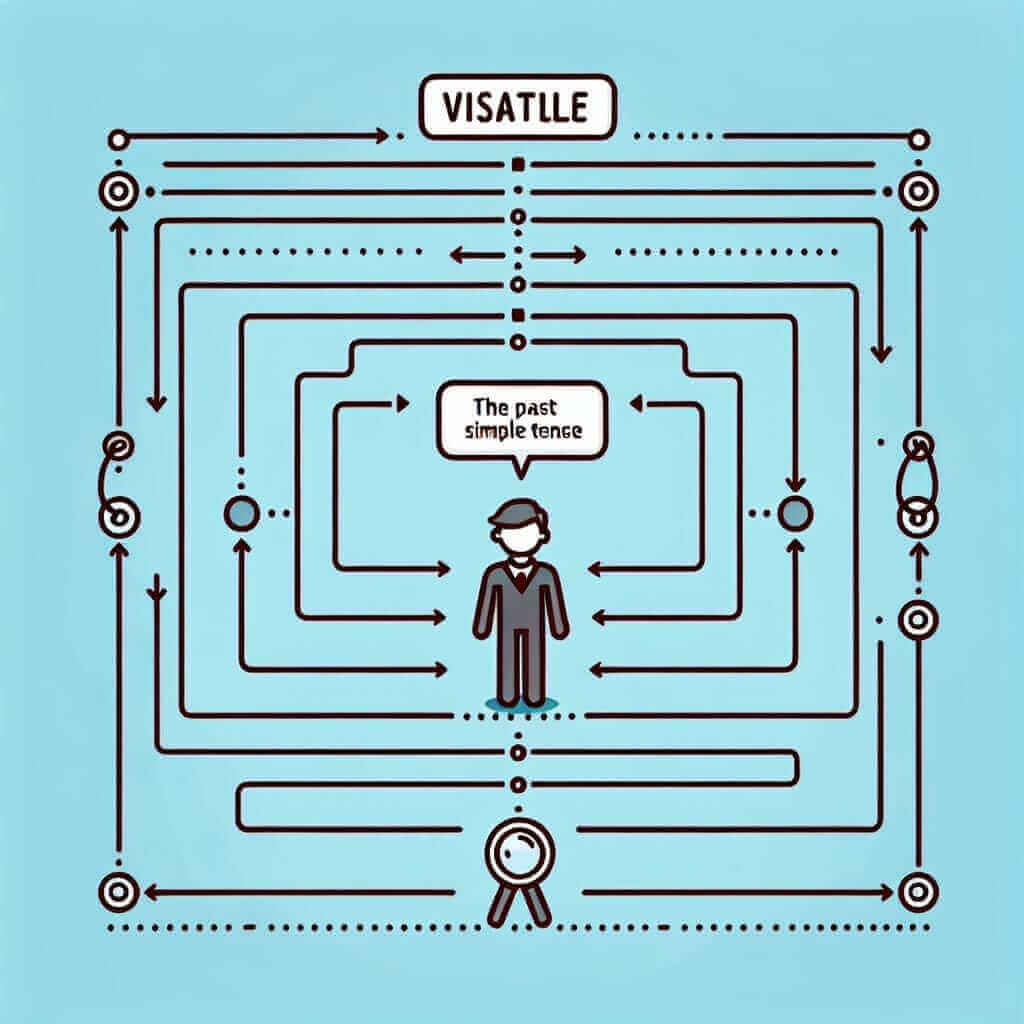The Past Simple tense is one of the most fundamental tenses in the English language, and it is essential for achieving a high score in the IELTS exam. This blog post will provide you with a comprehensive guide to understanding and using the Past Simple like a pro, helping you express past events accurately and confidently in your IELTS Speaking and Writing tests.
For instance, consider these examples showcasing the Past Simple tense across different sections of the IELTS:
- Speaking Part 2: “Last summer, I visited Rome. It was an incredible experience, and I enjoyed exploring the historical sites.” (Describing a past event)
- Writing Task 1: “The graph illustrates the changes in house prices from 2000 to 2020. Prices rose steadily between 2000 and 2008, then experienced a sharp decline in 2009.” (Describing past trends)
- Writing Task 2: “In the past, people relied more on traditional media for news. However, the internet revolutionized the way we consume information.” (Presenting a past situation in an essay)
As demonstrated, the Past Simple allows you to convey past events and states effectively, forming a cornerstone of fluent and accurate English communication.
Understanding the Past Simple Tense
The Past Simple tense, also known as the simple past tense, is primarily used to describe actions or states that started and ended in the past. It paints a picture of completed events, providing context and clarity to your narratives and descriptions. It frequently appears in IELTS Speaking and Writing tasks requiring you to discuss past experiences, historical events, or data trends.
Past Simple: Form and Usage
Form:
The Past Simple tense is typically formed using the following structure:
Subject + Past Simple Verb + Object
For regular verbs, the Past Simple form is created by adding “-ed” to the base form of the verb (e.g., walk – walked, talk – talked). However, many verbs in English are irregular and have unique Past Simple forms (e.g., go – went, see – saw, be – was/were).
Positive: I visited the museum yesterday.
Negative: They didn’t go to the party.
Question: Did you study for the exam?
Usage:
-
Completed Actions in the Past:
- I graduated from university five years ago.
- She lived in London for a year.
-
Habits in the Past:
- When I was a child, I played the piano every day. (repeated action in the past)
-
States in the Past:
- He was a doctor before he retired.
-
Past Events in Chronological Order:
- She woke up, had breakfast, and went to work.
Past Simple Time Markers:
Time markers are your allies in identifying and using the Past Simple tense. These words or phrases often signal that an action occurred in the past. Common time markers for the Past Simple include:
- yesterday
- last week/month/year
- ago
- in 2002
- this morning (if it’s now the afternoon)

Mastering the Past Simple for a Higher IELTS Score
Using the Past Simple effectively can significantly enhance your IELTS score by demonstrating your grammatical range and accuracy.
-
IELTS Speaking: In the Speaking test, using the Past Simple accurately when describing past experiences, travels, or significant events is crucial for achieving a higher score. Provide specific details using the Past Simple to create engaging and fluent responses.
-
IELTS Writing: In Writing Task 1, especially when describing trends in graphs or charts, the Past Simple is indispensable. Use it to highlight key changes and historical data points. In Writing Task 2, employ the Past Simple when presenting past events, situations, or opinions to support your arguments effectively.
Tips for Using the Past Simple Effectively:
- Irregular Verbs: Memorize common irregular verbs as they don’t follow the “-ed” rule.
- Time Markers: Pay attention to time markers in questions and prompts to determine the appropriate tense.
- Practice: Consistent practice is key! Engage in speaking and writing activities that require the Past Simple tense.
Common Errors to Avoid:
-
Using the Present Perfect instead of the Past Simple for completed actions:
- Incorrect: I have visited Paris last year.
- Correct: I visited Paris last year.
-
Incorrect Past Simple forms of irregular verbs:
- Incorrect: He goed to the store.
- Correct: He went to the store.
By mastering the Past Simple tense and avoiding these common errors, you will be well-equipped to express yourself clearly, accurately, and confidently in your IELTS exam, ultimately paving the way for a higher band score. For further exploration of past tenses and their nuances, consider delving into resources on how to use the past perfect simple and past perfect continuous tenses. You can also learn about other tenses, such as the present simple and present continuous, as well as the past continuous, to expand your grammatical toolkit for the IELTS.